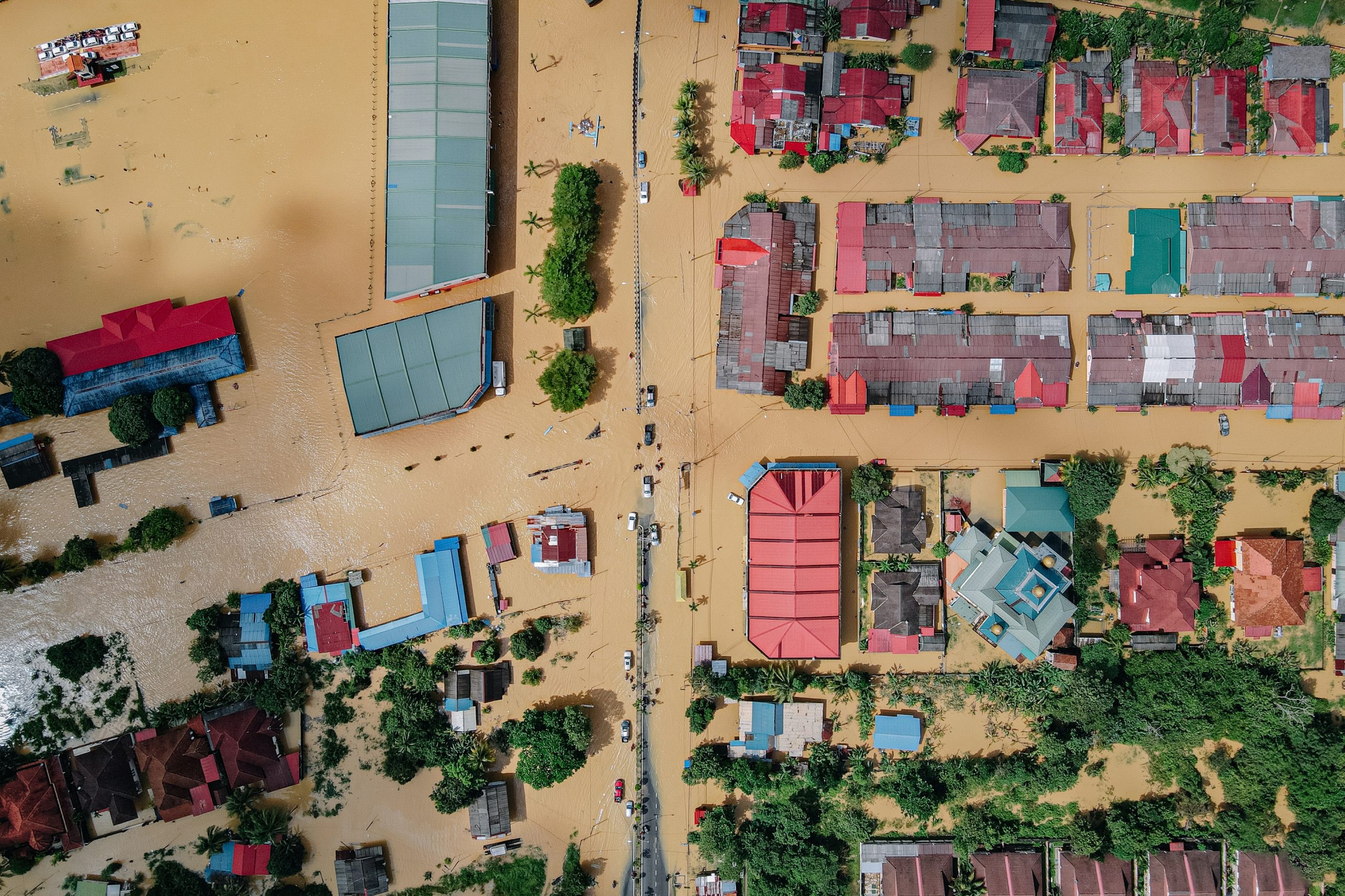Don't miss our holiday offer - 20% OFF!

Read also : Utilizing IoT in Flood Monitoring and Early Warning Systems
The threat of floods is one of the natural disasters that often causes significant damage and harm to many people. However, with the advancement of advanced weather sensor technology, we now have tools that can help predict and address floods more effectively. This article will discuss how advanced weather sensor technology has assisted in flood monitoring and the steps that can be taken to better tackle the flood threat.
Contents
Advanced Weather Sensors: What Are They and How Do They Work?
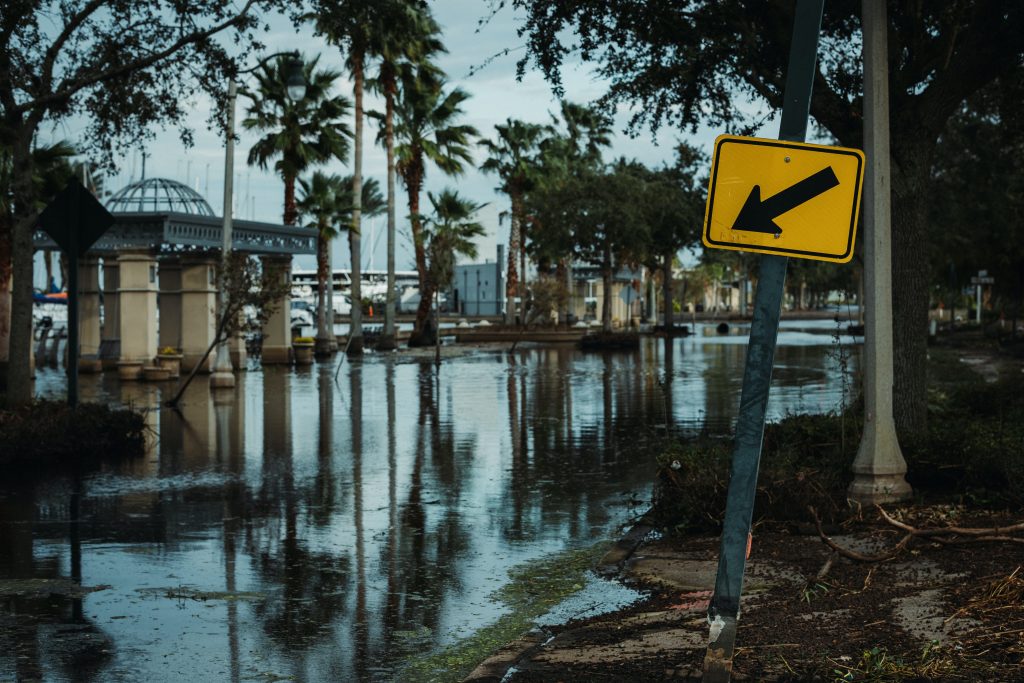
Read also : Weather Sensors Controlling External Weather Factors
Advanced weather sensors are devices specifically designed to measure various weather parameters such as air temperature, humidity, air pressure, rainfall, and wind speed. They use advanced technologies like radar, lidar, and optical sensors to collect data accurately. This data is then used to predict significant weather changes, including potential floods.
Predicting Floods with High Accuracy
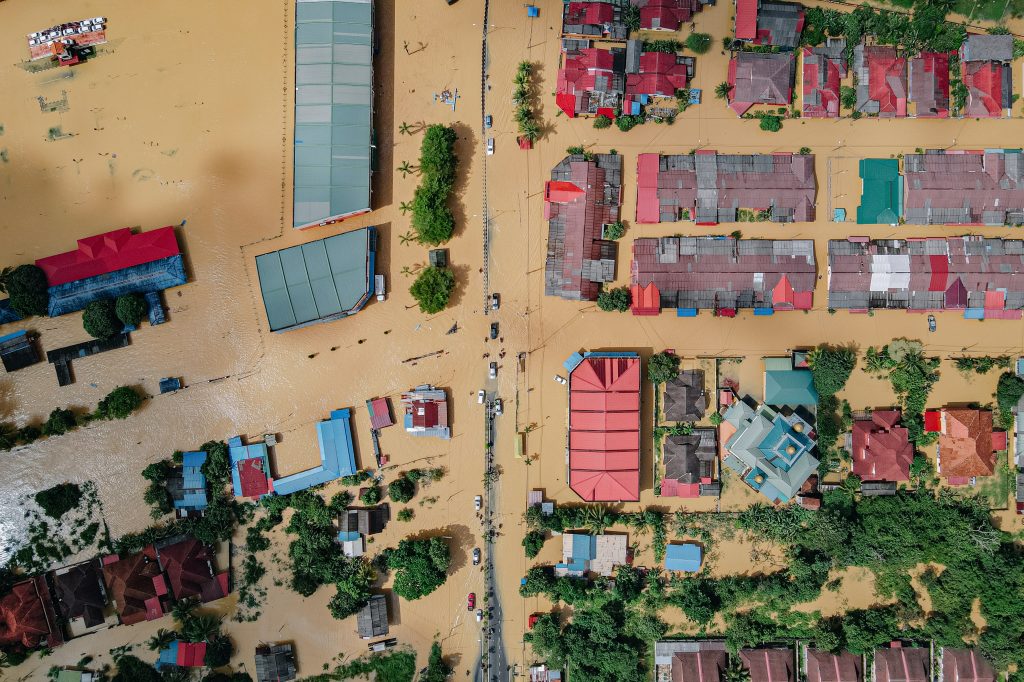
Read also : Automated Parking Concept: Smart Solution for Availability
One of the primary benefits of advanced weather sensors is their ability to predict floods with a high level of accuracy. By gathering real-time weather data, these sensors can identify patterns of extreme rainfall and potential floods earlier. This provides valuable time for preventative measures and evacuations before floods occur.
Monitoring Flood-Prone Areas with Advanced Weather Sensors Technology
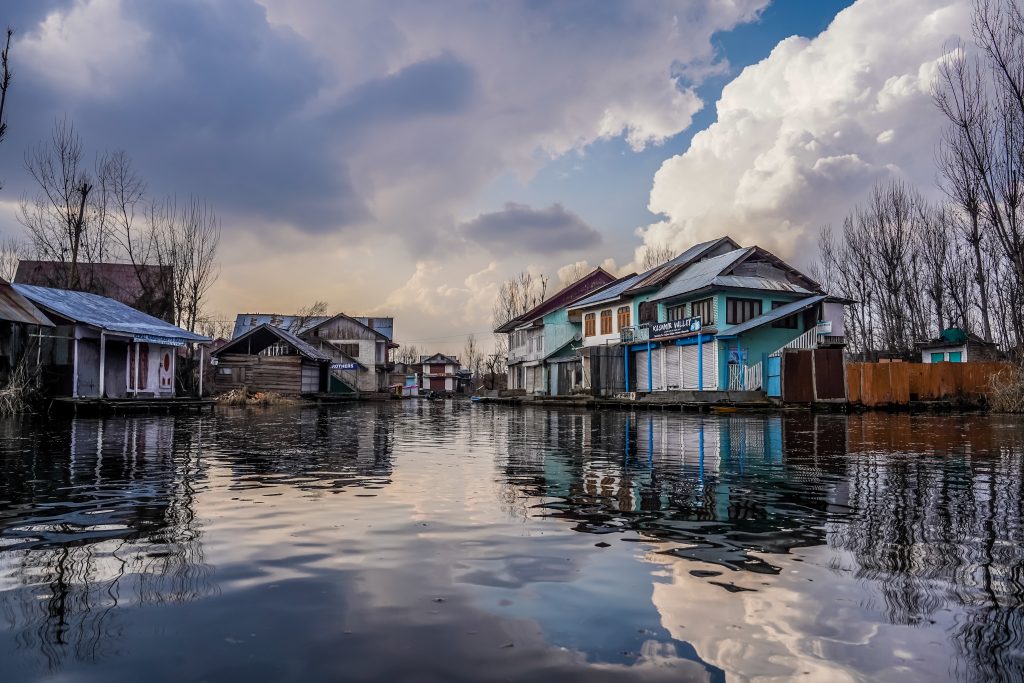
Read also : Monitoring Navigasi Buoy Laut dengan fluxTrack
Advanced weather sensor technology is also used to continuously monitor flood-prone areas. By installing these sensors in rivers, lakes, and other water channels, experts can monitor water levels in real-time. When the sensors detect a significant increase in water levels, alerts can be sent to residents and local authorities, enabling a swift response to address the flood.
Integrating Advanced Weather Sensors Technology with Early Warning Systems

Read also : Security and Privacy in Connected Parking Systems: Challenges and Solutions
An essential step in addressing flood threats is integrating weather sensor technology with early warning systems. When weather sensors detect conditions that could potentially lead to floods, early warning systems can alert the public through text messages, sirens, or social media. This helps people stay vigilant and prepared for emergency situations.
Saving Lives and Property
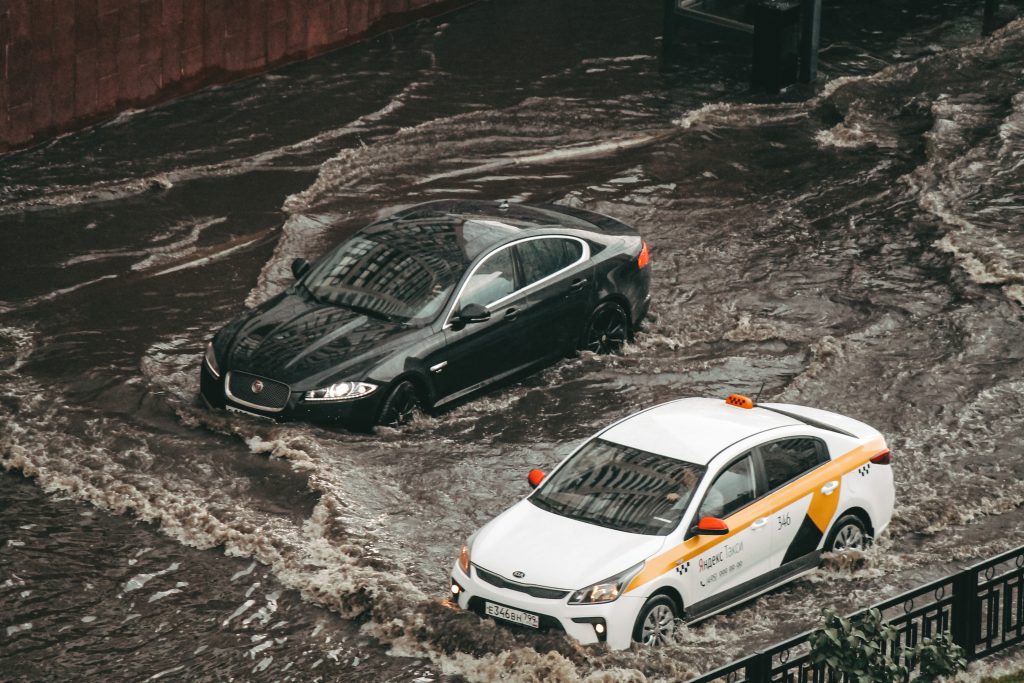
Read also : Security and Preparedness Enhanced by Smart EWS Technology
Implementing advanced weather sensors in flood monitoring goes beyond predictions—it’s about saving lives and property. By offering accurate, timely information to the public and authorities, we can minimize the risk of casualties and economic losses from floods.
Conclusion

Read also : Water Current Sensors: Key Tech for Revealing Flood Flow Secrets
Advanced weather sensors have opened doors for more effective flood monitoring and mitigation. Utilizing this tech enhances precise flood predictions, offers continuous monitoring of flood-prone zones, and integrates weather data into early warning systems. All these steps help protect lives and property from the serious threat of floods. By continuously developing and adopting this technology, we can be better prepared to face floods in the future. Through cooperation between governments, scientists, and communities, we can minimize the impact of floods and better protect our communities.


